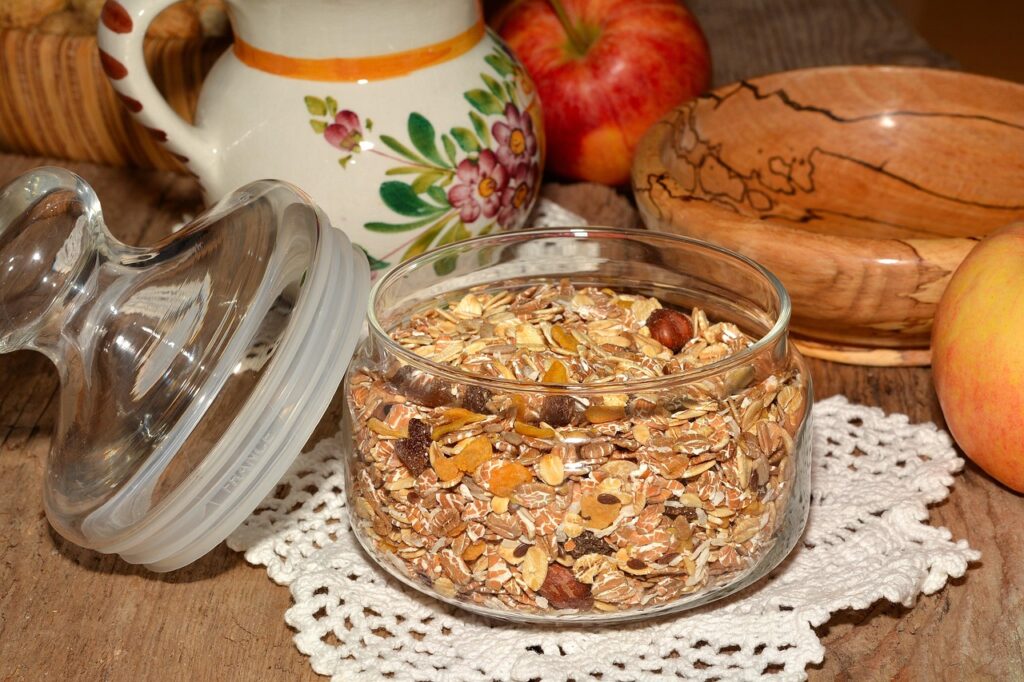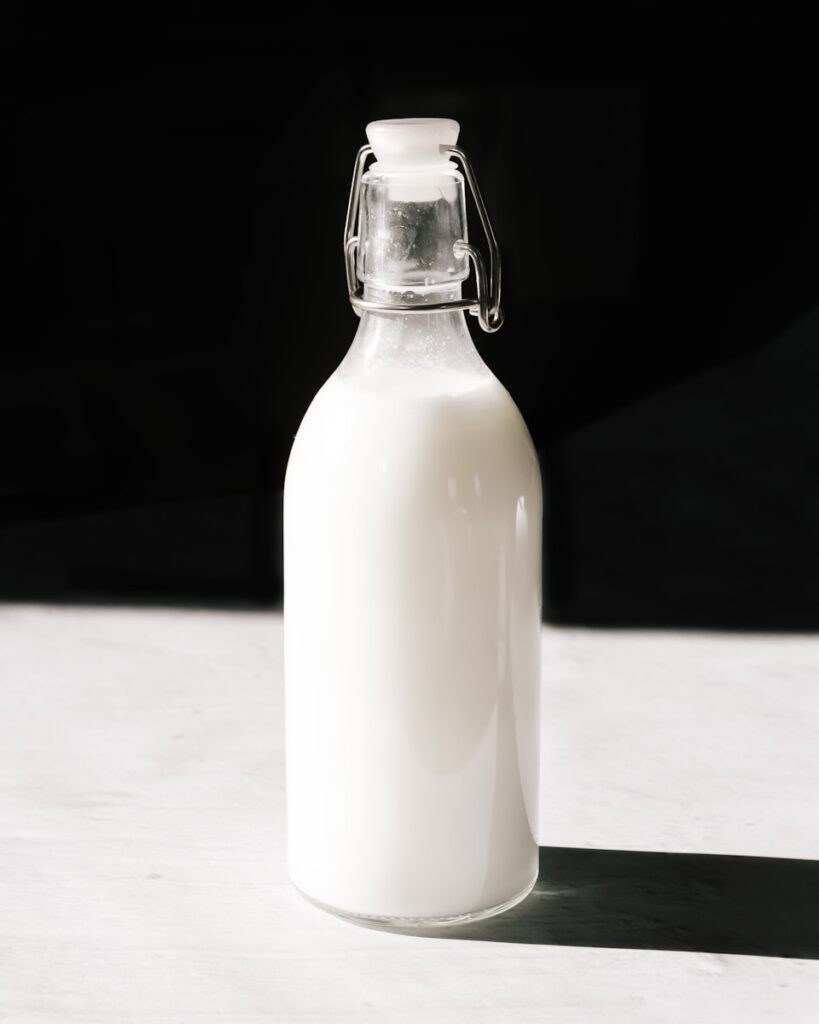
The shift from traditional dairy to an ever-expanding universe of plant-based milks is nothing short of a culinary revolution, a transformation sweeping across American kitchens and coffee shops alike. For many of us, the journey into this vibrant alternative landscape began with personal considerations, much like my own household’s evolution from a devout soy milk matriarch and a classic full-fat cow’s milk patriarch. Today, the notion of “milk” has broadened dramatically, a testament to changing consumer preferences, growing awareness of health and environmental impacts, and an unyielding spirit of innovation in the food industry.
Indeed, the decline of conventional cow’s milk consumption, which has plummeted by almost 21% since 2010, is a stark indicator of this monumental shift. Big Dairy has faced increasing scrutiny, with reports concerning poor animal conditions, potential health-related consequences, and significant environmental impacts entering the public consciousness. This gradual but steady decrease in dairy consumption has, in turn, unearthed a wealth of lucrative opportunities for manufacturers, inspiring them to craft milk substitutes from virtually every imaginable plant source. Now, consumers can find milk options tailored to an array of dietary needs, whether they are dairy-free, gluten-free, soy-free, or even nut-free.
The enthusiasm for these alternatives is palpable. Plant milks now stand as the most popular plant-based product in the US, remarkably outpacing even industry-leading meat alternatives such as Beyond and Impossible Foods. And this growth shows no signs of slowing down. Retail sales of milk alternatives are projected to increase by almost $1 billion by 2025, painting a clear picture of a market poised for continued expansion and innovation. This isn’t just a niche market anymore; plant milks have transcended their origins as a specialty item for vegans or individuals with specific dietary restrictions, firmly establishing themselves as a mainstream choice for a diverse consumer base.
What might surprise many is that despite their recent explosion into the mainstream, plant-based milks are far from a modern invention. They have, in fact, graced tables and nourished people for thousands of years, offering a historical depth often overlooked in our contemporary excitement. It’s easy to forget that at least 70% of the world’s population experiences some degree of lactose intolerance, making plant-based options a natural and necessary staple for much of human history.
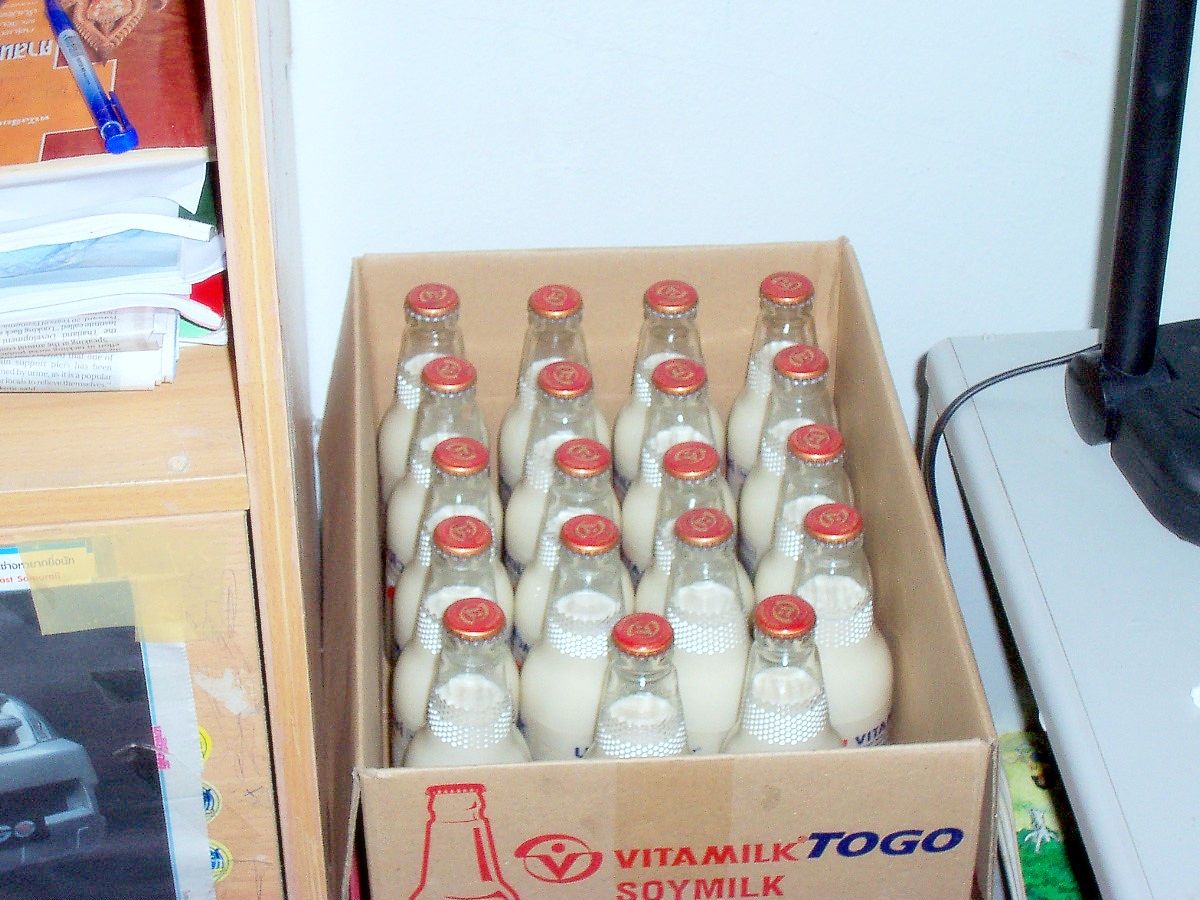
Consider soy milk, which has a remarkably long history, having been prepared in China since as far back as 1365. Almond milk also boasts ancient roots, with its presence documented in the Middle East since the 13th century. Similarly, coconut milk has been a beloved and popular staple for centuries, particularly in Southeast Asian countries, as noted by registered dietitian and nutritionist Vandana Sheth, author of *My Indian Table: Quick & Tasty Vegetarian Recipes*. This rich historical tapestry underscores that plant-based milks are not merely a passing fad but a return to ancient dietary practices, reimagined for modern sensibilities.
Beyond personal preference and dietary needs, a significant driver for the surge in plant-based milk adoption is a growing awareness of environmental impact. While almond milk has, at times, received negative attention for the substantial amount of water required in its production, the broader picture reveals a clear advantage for plant-based alternatives over traditional dairy. According to Christopher Gardner, professor and director of nutrition studies at the Stanford Prevention Research Center, cow’s milk consistently exhibits significantly higher environmental impacts across all key metrics when compared to any plant-based alternative.
To put this into perspective, research conducted by Hannah Ritchie, who holds a doctorate in geosciences from the University of Edinburgh for Our World in Data, illuminates the stark differences. Cow’s milk production generates approximately three times as many greenhouse gas emissions, utilizes around 10 times as much land, and consumes between 2 and 20 times more freshwater. Furthermore, it contributes to much higher levels of eutrophication, a detrimental environmental effect caused by excess plant growth due to fertilizer runoff. These compelling statistics highlight the tangible benefits of choosing plant-based options for those looking to reduce their ecological footprint.
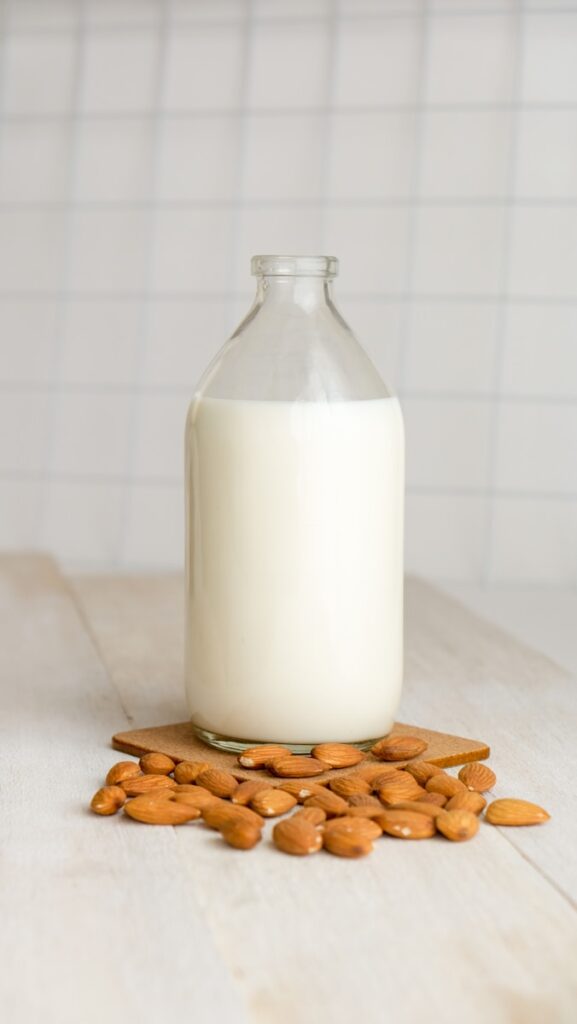
As Gardner succinctly states, “Plant-based milks are an easy switch to make; they’re cheaper than dairy and don’t taste that different.” This sentiment encapsulates a core appeal: the ability to make a meaningful positive impact on the environment without significant sacrifice in terms of taste or cost. He adds that if one is seeking a straightforward way to lessen their environmental impact, all plant milks are generally a superior choice compared to cow’s milk. The convergence of historical precedent, modern health considerations, and pressing environmental concerns has created a fertile ground for the plant-based milk revolution to truly flourish.
With the sheer volume of choices now lining supermarket shelves and café menus, selecting the “best” plant-based milk can feel overwhelming. This is precisely why we embarked on our rigorous testing journey. Our aim was to cut through the noise and provide clear, useful recommendations, empowering consumers to make informed purchasing decisions based on real-world experience, not just marketing hype. This hands-on, consumer-centric approach is at the heart of how we evaluate products, ensuring our advice is practical and actionable.
To provide a comprehensive overview and help readers navigate this exciting, yet sometimes confusing, landscape, we conducted extensive taste tests right here in our offices. We knew that a casual sip wouldn’t suffice; we needed to put these plant-based contenders through their paces. So, with the invaluable help of colleagues in CNET’s San Francisco and Charlotte, North Carolina, offices, we pitted eight prominent plant-based beverages against each other in a quest to determine which one would reign supreme in overall satisfaction.

It’s important to clarify the methodology and acknowledge its scope. These tests, while thorough in their experiential nature, were not scientifically airtight, nor am I, the primary tester, a “milk expert” by any means. Our results are grounded solely in the collective opinions of myself and my colleagues, reflecting real-world preferences rather than laboratory-controlled variables. This transparency ensures that our findings, while subjective, are genuinely representative of typical consumer experiences.
We organized two distinct office taste tests, each involving eight different milks, conducted across our San Francisco and Charlotte locations. In the San Francisco office, our participants sampled oat, almond, soy, coconut, and pea drinks. Meanwhile, in Charlotte, the lineup featured hemp milk as a substitute for pea milk, offering a slightly different comparative perspective. This approach allowed us to cover a broad spectrum of currently popular and emerging alternative milk types, ensuring our evaluation was as comprehensive as possible within our operational parameters.
The process for each participant was straightforward yet informative. Everyone tasted the milks one at a time, allowing for individual focus and thoughtful consideration of each contender. As they sampled, colleagues offered their detailed thoughts on various sensory attributes: the texture, the distinct taste, the consistency, and crucially, any lingering aftertaste. This granular feedback was instrumental in building a holistic understanding of each milk’s profile and its appeal, or lack thereof, to a diverse group of palates.
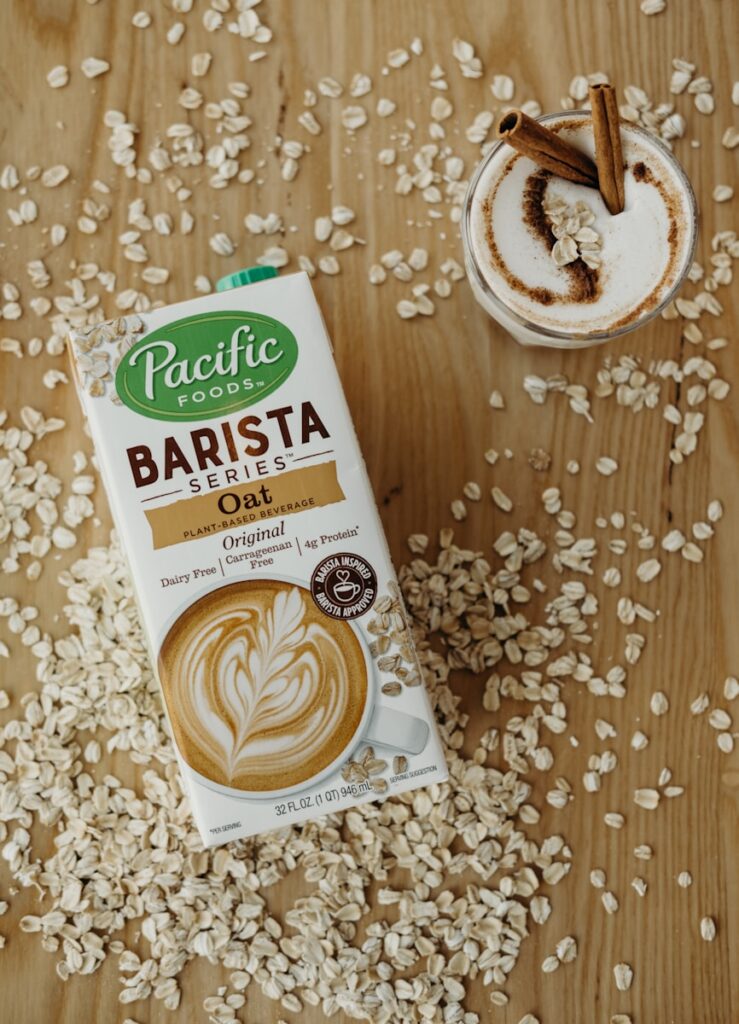
Once all the individual evaluations were complete, we aggregated the estimated survey results from 33 colleagues spanning both offices. The collective data painted a compelling picture of current preferences, revealing a clear front-runner. Oat milk secured the top spot with a commanding 53% of the votes, signaling its widespread appeal. Almond milk followed with 21%, maintaining a strong, if secondary, position. Soy milk garnered 18% of the preferences, demonstrating its enduring loyalty. Hemp milk captured 6%, indicating a smaller but dedicated following, while coconut milk registered just 2%, suggesting its more niche appeal among our testers.
These collective findings offer a valuable snapshot of what the broader consumer market is experiencing. For instance, global surveys corroborate the rising popularity of oat milk, with some indicating it now makes up about 40% of the UK plant-milk market, an astonishing climb for a product barely on shelves a decade ago. Similarly, surveys show soy milk and oat milk practically tied for the top spot globally, each the go-to choice for about one-third of plant-milk consumers, with almond milk coming in third at around 17%. Our office results resonate strongly with these broader market trends, providing additional validation for our findings.
The phenomenon of oat milk’s meteoric rise deserves particular attention, as it dethroned almond as the number one plant-based drink by sales and preference in Britain. In the last year alone, UK shoppers increased their oat milk purchases by 7.2%, even as other alt-milks experienced stalled growth. This swift ascendancy can largely be attributed to two significant factors: its superior taste and its remarkably versatile texture. Oats offer a naturally sweet, mellow flavor and a smooth mouthfeel that closely approximates the beloved qualities of dairy milk, without any of the associated drawbacks.

Furthermore, oat milk’s performance in coffee applications has been a game-changer. It foams up beautifully for baristas, allowing for the creation of velvety cappuccinos and lattes, making it an undeniable darling of coffee drinkers worldwide. Industry analysts often credit oat milk’s victory to its “superior taste” and to the inherent familiarity and perceived healthfulness of oats as an ingredient. Unlike some alternatives derived from more exotic bases, oat milk feels inherently approachable; as one might say, it’s basically liquid oatmeal, and who doesn’t find that comforting?
Health-conscious buyers appreciate that many oat milks are fortified with essential vitamins and fiber, contributing to their nutritional profile. However, its appeal extends beyond those meticulously checking labels; a significant portion of consumers simply enjoy its taste. An industry insider shared with The Guardian that “A lot of people prefer an oat flat white versus a dairy flat white from a taste point of view,” emphasizing that for many, oat milk has become a preferred choice not just as an alternative, but as the primary option for its sensory experience. It also carries an eco-friendly halo, as growing oats requires less water and land compared to raising cows or cultivating almonds, further bolstering its appeal.
While the collective office taste test provides a broad overview of preferences, I also conducted my own individual taste test, delving deeper into the nuances of each milk. This personal evaluation involved not only tasting each milk individually to assess its inherent characteristics but also, crucially, trying each one mixed into coffee. This dual approach allowed me to evaluate both the standalone quality of the milk and its performance in a common application, which is often a make-or-break factor for many consumers. This level of practical testing is what truly helps consumers make the best choices for their unique daily routines.
Before diving into my specific rankings, it’s vital to discuss what discerning consumers should look for when choosing a plant-based milk, especially when making a significant dietary switch from dairy. The “What to look for in a plant-based milk” section in our research provides essential guidance, emphasizing fortification, protein content, and added sugar as key considerations. These factors are not just about personal preference; they are critical for ensuring you meet your nutritional needs while enjoying your chosen alternative.
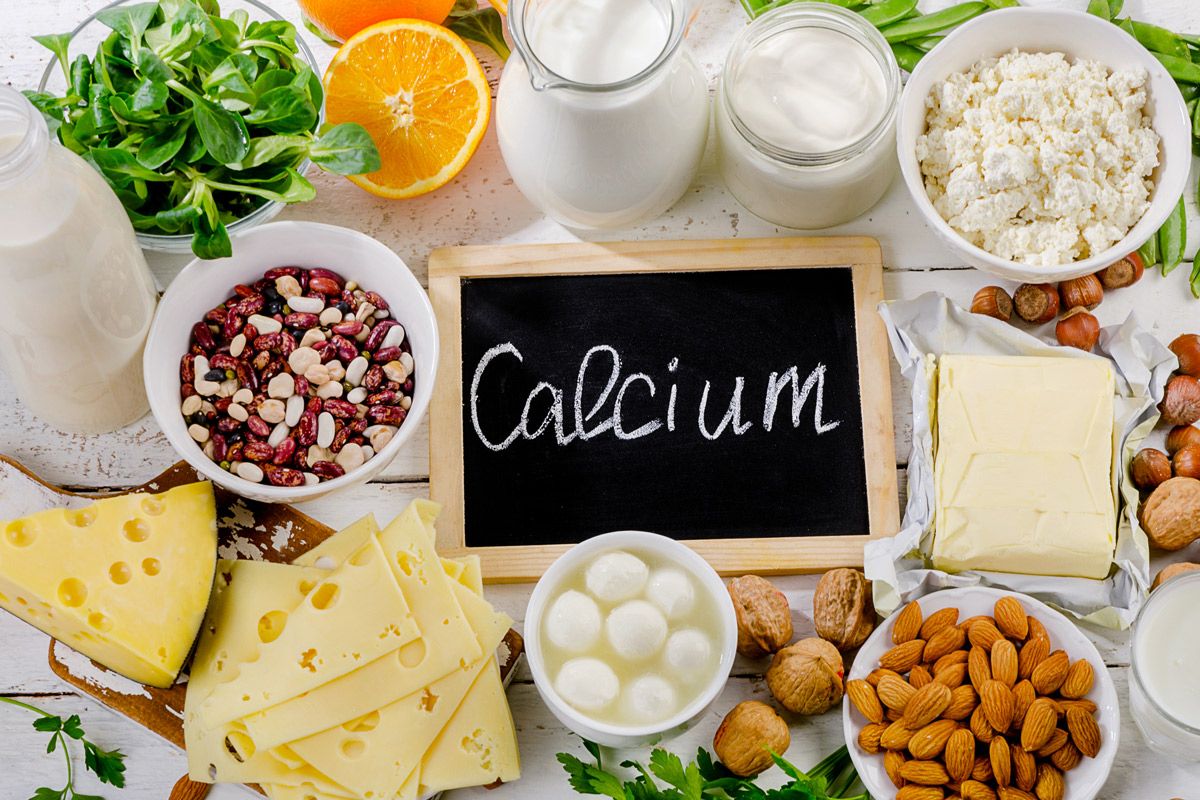
The most important thing, is the fortification with calcium. Historically, almost all plant-based milks were fortified with calcium, but with the rise of the “clean food” movement prioritizing fewer ingredients, some companies have begun offering unfortified products. While an unfortified almond milk isn’t inherently “bad,” it’s crucial to recognize that removing dairy from one’s diet often means losing a primary source of calcium. While some other foods contain natural calcium (like salmon with bones or tofu), these sources might not be sufficient to meet daily requirements. Therefore, selecting a plant-based milk that contains added calcium is generally the best choice for bone health.
Consider the protein content. One cup of cow’s milk typically provides about 8 grams of protein. Many plant-based milks, however, offer significantly less protein, with soy milk being a notable exception that often matches or even exceeds dairy in this regard. If protein intake is a concern—whether for athletic performance, growing children, or simply ensuring satiety—prioritizing soy milk or other high-protein plant-based options is advisable. Some brands are also now offering products with added protein to more closely mimic the nutritional profile of cow’s milk, demonstrating the industry’s response to consumer demand for balanced nutrition.
Managing added sugar is a crucial consideration when purchasing plant-based milks. The Dietary Guidelines for Americans recommend that less than 10% of your daily calories should come from added sugars. For someone consuming approximately 2000 calories per day, this translates to about 50 grams of added sugar. Many flavored or sweetened plant milks can contribute significantly to this daily allowance, so if you are regularly consuming above this recommended limit, opting for unsweetened or low-sugar plant-based milks is an easy and effective way to manage your overall sugar intake. This seemingly small choice can have a notable impact on your long-term health.
When contemplating whether plant-based milk is “healthier” than cow’s milk, it’s important to approach the question with nuance. Labeling foods as simply “healthy” or “unhealthy” can be misleading, as individual dietary needs and preferences vary greatly, and what truly matters is the overall diet pattern. However, we can objectively discuss nutrient density, which refers to the amount of nutrients a food provides relative to its calorie content.
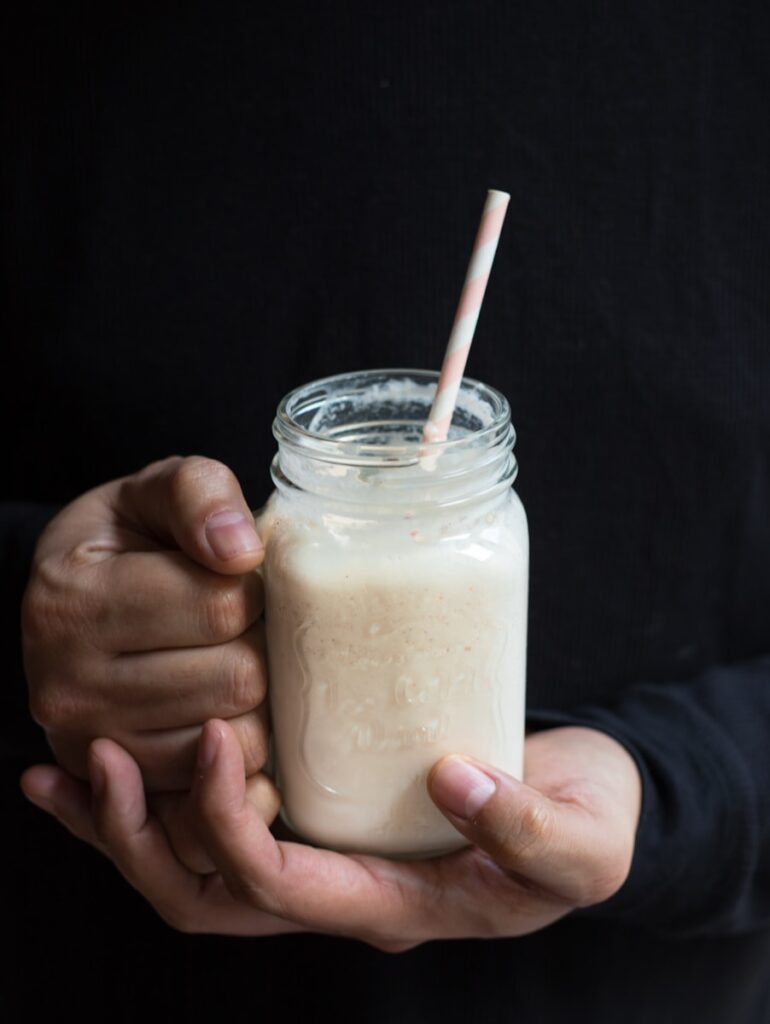
A standard cup of 2% cow’s milk contains approximately 120 calories, 12 grams of carbohydrates, 5 grams of fat, and 8 grams of protein. It’s renowned as an excellent source of several vital nutrients, including vitamin B2 (riboflavin), vitamin B12, vitamin D, vitamin K, calcium, and phosphorus. It also serves as a good source of vitamin B5, vitamin A, potassium, selenium, and zinc. This broad spectrum of nutrients has long positioned dairy milk as a nutritional staple.
However, the nutritional landscape of plant-based milks is diverse, varying significantly by type and brand. To provide a clear comparison, our analysis focused on unsweetened, fortified versions of popular plant milks, rounding values for simplicity and listing micronutrients that contribute over 10% of the daily value per one-cup serving. For instance, soy milk, a “nutrient powerhouse,” boasts 74 calories, 4g carbs, 4g fat, and 8g protein, offering a comprehensive array of B vitamins, A, D, K, and minerals like calcium, copper, magnesium, and selenium.
Oat milk, another nutrient-dense option, comes in at around 130 calories, 24 g carbs, 2 g fat, and 5 g protein, providing B vitamins, A, D, and various minerals, including iron and zinc. Almond milk is notably lower in calories at 36, with 3 g carbs, 2 g fat, and 1g protein, primarily supplying vitamins D and E, and calcium through fortification rather than the almonds themselves. Hemp milk (70 calories, 2 g carbs, 6 g fat, 2 g protein) offers B vitamins, D, E, and key minerals, with its fat content being predominantly heart-healthy polyunsaturated fats. Coconut milk (69 calories, 8 g carbs, 5 g fat, 1 g protein) stands out with B12, folate, A, D, calcium, and manganese, with its unique folate content being particularly relevant for pregnant women. This detailed nutritional breakdown underscores that while plant milks vary, many offer substantial nutritional benefits, often enhanced by fortification to match key dairy nutrients.
These detailed insights into the market, environmental considerations, historical context, and the collective and individual testing methodologies, coupled with a practical guide on what to prioritize when selecting a plant-based milk, lay the groundwork for making truly informed choices. The sheer variety and continuous innovation in this category mean that finding your perfect plant-based pour is now more achievable than ever, allowing you to align your choices with your personal values, health goals, and, most importantly, your taste buds. Our journey into specific rankings and deeper dives into each type of milk will further illuminate the path to your ideal alternative.
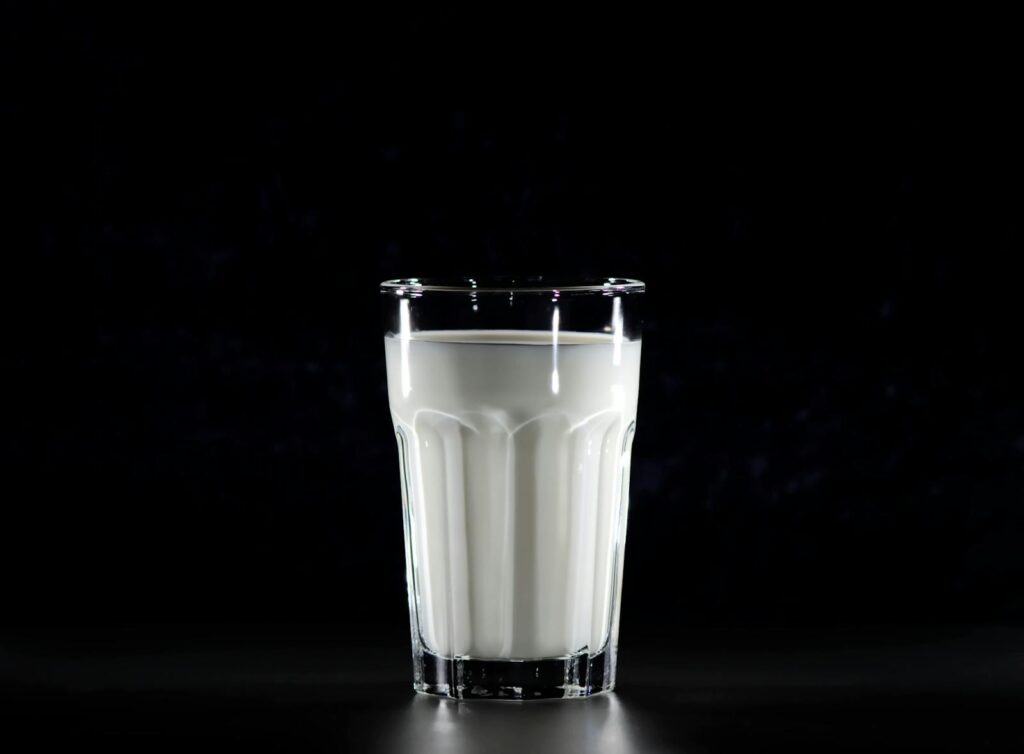
Having explored the broader landscape of the plant-based milk revolution and our collective journey to identify top contenders, it’s time to shift focus to the granular details that truly empower individual choice. While the office taste test provided a valuable, broad overview of what resonates with many, my own individual taste test delved deeper, scrutinizing the nuances of each milk not just on its own, but crucially, mixed into coffee. This dual approach allowed for a comprehensive evaluation of both inherent characteristics and real-world performance—a make-or-break factor for countless consumers whose morning ritual hinges on the perfect pour.
Before we dive into the specific rankings, it’s imperative to arm yourself with the knowledge to make truly informed decisions. When considering a significant dietary switch from dairy, there are critical factors that extend beyond mere taste preference. Our research outlines essential guidance on what discerning consumers should prioritize when choosing a plant-based milk, emphasizing fortification, protein content, and added sugar as key considerations. These aren’t just about personal likes; they are fundamental to ensuring your nutritional needs are met while fully enjoying your chosen alternative.
Firstly, and arguably most crucially, is the fortification with calcium. For years, calcium fortification was a standard across nearly all plant-based milks. However, with the rise of the ‘clean food’ movement, which often prioritizes fewer ingredients, some companies have begun offering unfortified products. While an unfortified almond milk, for instance, isn’t inherently problematic, it’s vital to recognize that removing dairy from one’s diet often means losing a primary source of calcium. While certain foods like salmon with bones or tofu contain natural calcium, these sources may not be sufficient to meet daily requirements. Therefore, selecting a plant-based milk that contains added calcium is generally the best choice for maintaining robust bone health.

Give careful consideration to the protein content. A single cup of traditional cow’s milk typically delivers about 8 grams of protein. In contrast, many plant-based milks offer significantly less, with soy milk standing out as a notable exception that frequently matches or even exceeds dairy in this regard. If protein intake is a priority—whether for athletic performance, the developmental needs of growing children, or simply for achieving a sense of satiety—then prioritizing soy milk or other high-protein plant-based options is strongly advisable. It’s also worth noting that some brands are now proactively addressing this by offering products with added protein, aiming to more closely mimic the nutritional profile of cow’s milk and cater to this specific consumer demand.
Managing added sugar is a non-negotiable consideration when navigating the plant-based milk aisle. The Dietary Guidelines for Americans recommend that less than 10% of your daily calories should come from added sugars. For an individual consuming approximately 2000 calories per day, this translates to about 50 grams of added sugar. Many flavored or sweetened plant milks can contribute substantially to this daily allowance. If your regular consumption tends to push you above this recommended limit, opting for unsweetened or low-sugar plant-based milks is an easy and effective strategy to manage your overall sugar intake. This seemingly small choice can have a surprisingly significant impact on your long-term health.
When grappling with the question of whether plant-based milk is inherently ‘healthier’ than cow’s milk, it’s essential to approach the topic with a nuanced perspective. Categorizing foods as simply ‘healthy’ or ‘unhealthy’ can be profoundly misleading, given the vast differences in individual dietary needs and preferences. What truly matters is the overall dietary pattern, rather than focusing solely on isolated foods. However, we can objectively discuss nutrient density, which refers to the sheer amount of nutrients a food provides relative to its calorie content, offering a more precise comparison.
To begin, a standard cup of 2% cow’s milk typically provides around 120 calories, 12 grams of carbohydrates, 5 grams of fat, and 8 grams of protein. It has long been celebrated as an excellent source of several vital nutrients, including vitamin B2 (riboflavin), vitamin B12, vitamin D, vitamin K, calcium, and phosphorus. Additionally, it serves as a good source of vitamin B5, vitamin A, potassium, selenium, and zinc. This extensive spectrum of nutrients has historically cemented dairy milk’s position as a nutritional cornerstone in many diets.

However, the nutritional landscape of plant-based milks is remarkably diverse, varying considerably by type and even by brand. To offer a clear and practical comparison, our analysis deliberately focused on unsweetened, fortified versions of popular plant milks, rounding values for simplicity and highlighting micronutrients that contribute over 10% of the daily value per one-cup serving. For instance, soy milk, which we consider a ‘nutrient powerhouse,’ contains approximately 74 calories, 4 grams of carbohydrates, 4 grams of fat, and 8 grams of protein. It provides a comprehensive array of B vitamins, along with vitamins A, D, and K, and essential minerals such as calcium, copper, magnesium, manganese, phosphorus, potassium, and selenium.
Oat milk, another nutrient-dense contender, clocks in at roughly 130 calories, 24 grams of carbohydrates, 2 grams of fat, and 5 grams of protein. Its micronutrient profile includes B vitamins, vitamins A and D, and various minerals such as calcium, copper, iron, magnesium, manganese, phosphorus, selenium, and zinc. Almond milk, in contrast, is notably lower in calories at 36, with 3 grams of carbohydrates, 2 grams of fat, and only 1 gram of protein, primarily supplying vitamins D and E, and calcium through fortification rather than originating from the almonds themselves.
Hemp milk offers around 70 calories, 2 grams of carbohydrates, 6 grams of fat, and 2 grams of protein, contributing B vitamins, D, and E, alongside key minerals like calcium, copper, magnesium, manganese, and phosphorus. Its fat content is particularly noteworthy, being predominantly heart-healthy polyunsaturated fats. Lastly, coconut milk, with 69 calories, 8 grams of carbohydrates, 5 grams of fat, and 1 gram of protein, stands out for providing vitamin B12, folate, vitamins A and D, calcium, magnesium, manganese, and selenium. Its unique folate content is especially relevant for pregnant individuals. This detailed nutritional breakdown unequivocally demonstrates that while plant milks exhibit variety, many offer substantial nutritional benefits, frequently enhanced by fortification to align with key dairy nutrients.
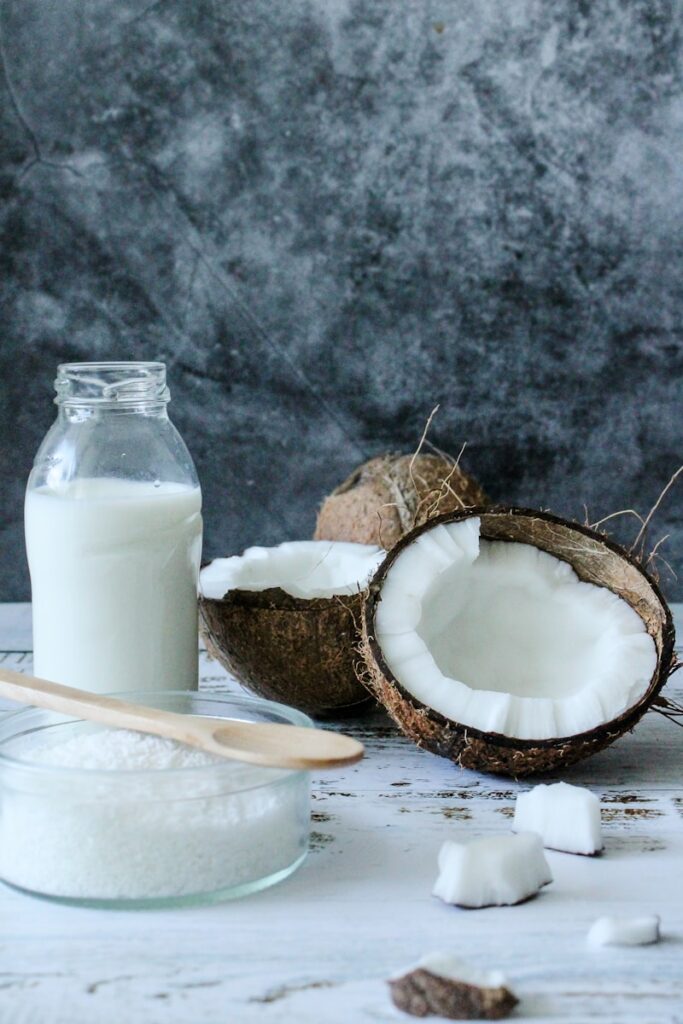
Now, for the moment of truth: my personal picks for the top five alt-milks, based on individual tasting and, crucially, performance in coffee. This is where the rubber meets the road for many consumers, and these practical considerations are key to finding the best fit for your unique daily routines.
Coming in dead last in my taste test was So Delicious’ Unsweetened Coconut Milk. Frankly, it should be renamed for false marketing; despite its pleasing appearance, it just didn’t deliver on taste. While it had a texture that was most similar to dairy—a characteristic often sought after—it was uncomfortably thick and utterly flavorless. As I noted during the test, this was essentially just milky water, or perhaps watery milk. Regardless, it was clear that this was not a product I would choose to drink again. When added to coffee, the experience was equally disappointing, as the coconut milk merely watered down the coffee without imparting any flavor whatsoever, making it a definite thumbs down.
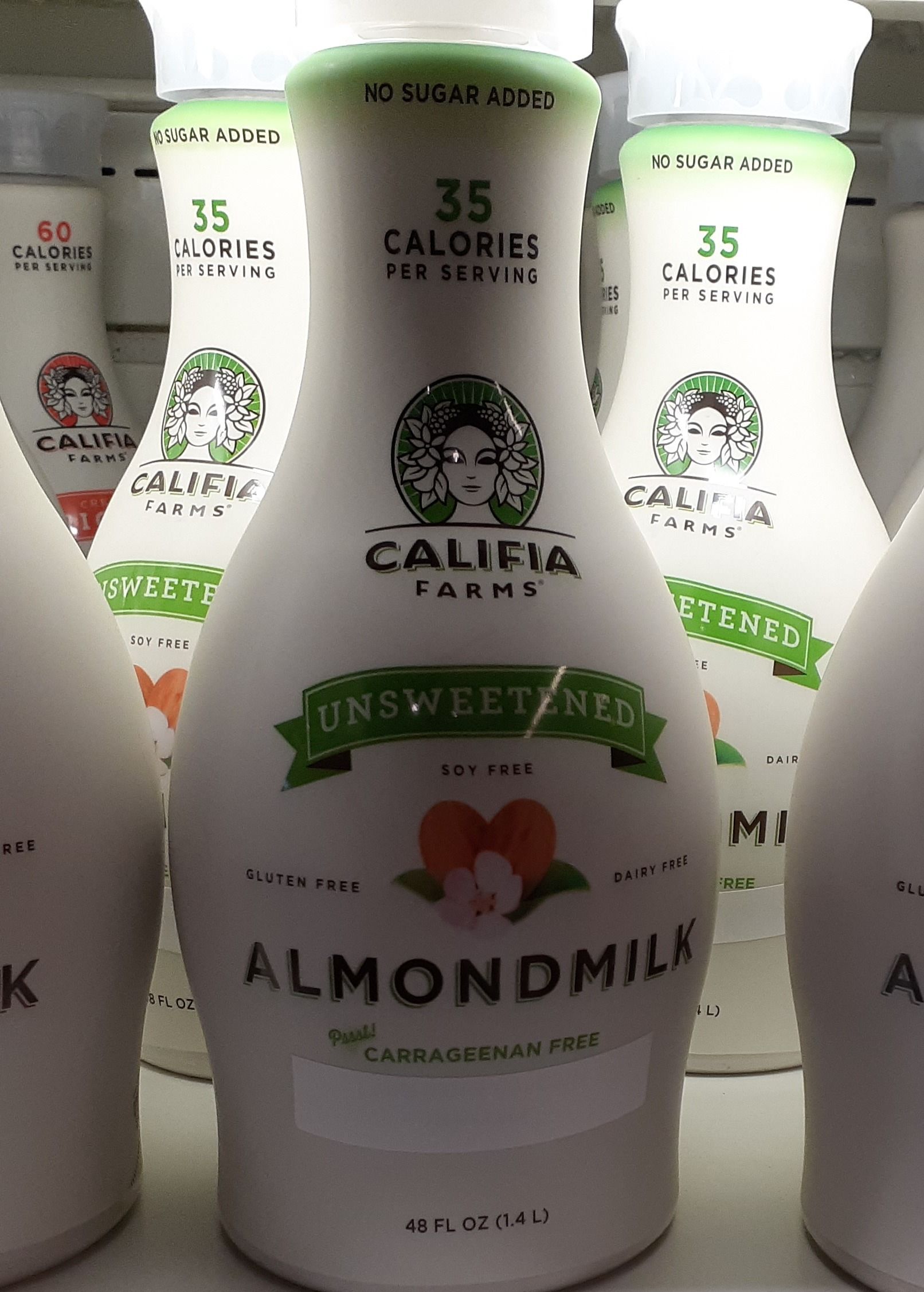
Almond milk is often a personal favorite for many, and it was certainly a common starting point in the plant-based journey for a lot of people. However, Califia’s Unsweetened Almond milk, while passable, was largely tasteless to me. It offered an initial burst of almond flavor that quickly dulled into a light, almost imperceptible coating, followed by a lingering aftertaste. Its consistency was notably thin, though commendably smooth. This milk might perform adequately if your primary use is for blending into smoothies, where its subtle flavor won’t compete, but on its own, it was just okay. In coffee, it unfortunately left a slightly bitter aftertaste and similarly watered down the brew, making it another thumbs down in that application.
Pacific Foods’ Unsweetened Hemp milk was a surprising and pleasant discovery for me. While some of my colleagues reacted poorly to its unique characteristics, describing it as having a grainy, gritty consistency and even a slimy texture, I personally enjoyed it. This was my first time trying hemp milk, and it defied expectations. The texture, which I found thicker than both coconut and almond milks, was a positive for me, and I genuinely appreciated its earthy flavor. However, its performance in coffee was where its textural challenges became more pronounced. The grainy texture was problematic, and it failed to add any desired sweetness to the beverage. Furthermore, its consistency wasn’t quite thick enough to blend seamlessly with the coffee, once again leading to a somewhat watered-down result.

Silk’s Unsweetened Soy milk emerged as a truly worthy opponent to traditional dairy milk. While its standalone flavor wasn’t particularly pronounced—it didn’t have a strong taste on its own—its astounding performance when it came to coffee truly set it apart and made all the difference. The consistency of this soy milk was, in my opinion, the most similar to that of cow’s milk, offering a familiar mouthfeel. Furthermore, it boasts a nutritional profile that closely mirrors dairy, making it an excellent choice for those seeking a direct replacement. If your goal is to find the closest alternative to cow’s milk, particularly in terms of consistency and nutrition, this is unequivocally it. In coffee, its creamy, thicker consistency blended perfectly, adding a natural sweetness and a mild vanilla aftertaste that made it my definite favorite pick for coffee applications.
Planet Oat’s Unsweetened Oat milk reigned supreme in my individual taste test, solidifying the widespread popularity it has achieved in recent years, earning it a genuine cult following. I can unequivocally see why. It offers a natural sweetness that is present but never overwhelming, striking a perfect balance. Its texture is incredibly smooth, and it is far from bland, providing a satisfying and nuanced flavor. While this plant milk has a thinner consistency compared to cow’s milk, it notably leaves no weird aftertastes and doesn’t coat the mouth unpleasantly. It’s worth noting that while we tested Planet Oat for this evaluation, many of my colleagues passionately insisted that Oatly was even better, highlighting the intense brand loyalty that often accompanies oat milk. In coffee, the oat milk was less sweet than the soy milk I tested, but even so, its consistency was thick and smooth enough to complement the coffee’s texture beautifully without watering it down, making it an outstanding choice for beverages.
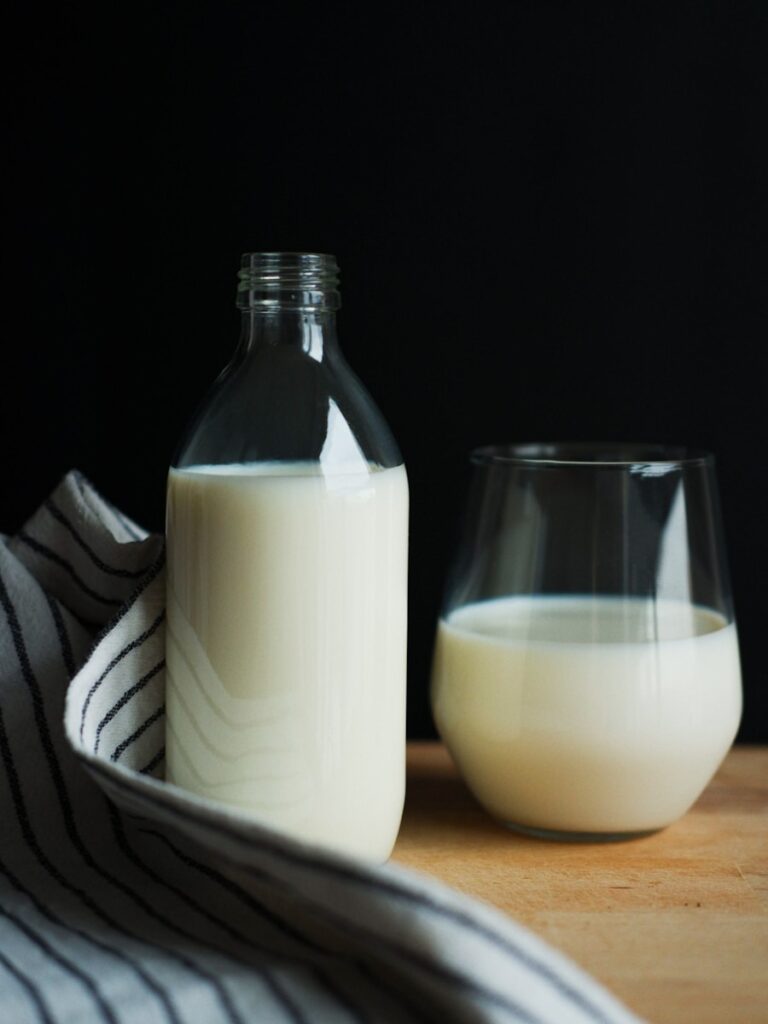
Beyond these top contenders, the plant-based milk universe continues to expand, offering an exciting array of choices for every palate and dietary need. We also tried a few additional plant milks that deserve honorable mentions and a deeper look into their unique profiles.
Ripple Pea milk, for instance, proved to be an interesting case. On its own, I could only describe this milk as weird and excessively sweet, which wasn’t to my liking. However, surprisingly, it transformed into something delicious when mixed into coffee. This unexpected performance might convert some coffee enthusiasts. Yet, it’s also important to note some potential drawbacks of certain Ripple milk varieties. While the unsweetened version contains no sugar, some flavored options are packed with added sugar; a cup of chocolate Ripple milk, for example, contains 17 grams of sugar, nearly four teaspoons, which can significantly contribute to daily added sugar intake. Furthermore, its rich and creamy texture is partly due to sunflower oil, which is high in omega-6 fatty acids. When consumed in excess, omega-6 can contribute to inflammation, potentially increasing the risk of chronic diseases. Lastly, Ripple Foods fortifies its pea milk with vitamin D2, a plant-derived form that recent research suggests may be less absorbable than vitamin D3, which is derived from animal sources, and often found in other fortified products.
Good Karma Flax milk, another alternative, unfortunately tasted like watered-down powdered milk to me, failing to impress on its own. Elmhurst Cashew milk, on the other hand, stood out for its incredibly authentic flavor; I have never tried an alt-milk that tasted so much like what it’s made from. However, this intense cashew flavor means the milk is truly pleasant only if you are deeply fond of cashews in liquid form, limiting its versatility for some. These observations underscore that while options abound, individual preferences and specific applications truly dictate satisfaction.

The innovation in plant-based milks continues unabated, with new contenders steadily emerging and aiming to carve out their own niches. Hazelnut milk, particularly from brands like Elmhurst 1925, stands out for its luxurious toastiness, rich flavor, and voluminous texture. Elmhurst’s hazelnut milk, made simply from filtered water and hazelnuts, might just be the best-frothing non-dairy milk available, making it excellent for hot chocolate—feeling akin to pure liquid Nutella—and delightful in oatmeal, chia pudding, or coffee. Hazelicious is another hazelnut option, praised for its buttery flavor, hint of sweetness, and adorable packaging, sourcing its dry-farmed hazelnuts from Turkey and offering great frothing capabilities.
Beyond these, the market now features milks made from practically every nut, seed, grain, legume, and vegetable imaginable. We’re talking about pistachios, buckwheat, sunflower seeds, sesame, and even banana milk from Mooala, and yes, there’s even potato milk from a company called Dug Drinks. These newcomers, though currently modest in market share, consistently push consumer satisfaction higher by offering something truly unique for everyone. Pea milk, as noted, can deliver dairy-like protein and a neutral taste, appealing to health-focused consumers. Cashew milk often provides an ultra-creamy, rich mouthfeel that is converting some almond-milk drinkers looking for a richer texture. Industry analysts confirm that innovative options like oat, pea, cashew, and hemp milk are quickly gaining traction as consumer preferences broaden and people become more open to trying new plant-based options, especially if they meet expectations for taste, texture, and price. Don’t be surprised if one of these rising stars climbs the satisfaction rankings in the next few years.
For those who enjoy a hands-on approach, a recurring question is whether plant-based milk can be made at home. The answer is a resounding yes! There are even several brands that manufacture machines specifically designed to make nut milks at home, providing a convenient way to craft fresh almond or cashew milk. Alternatively, you can achieve similar results using a blender and a cheesecloth, opening up endless possibilities for DIY plant-based beverages.
However, it’s crucial to understand a significant trade-off when opting for homemade plant-based milk: you will likely miss out on the vital fortification that store-bought versions offer, particularly with nutrients like calcium and vitamin D. If you choose to make your plant-based milk at home, it becomes even more imperative to ensure you’re obtaining sufficient calcium throughout your day from other dietary sources. Excellent options include calcium-fortified orange juice, fortified breakfast cereals, yogurt, cheese, canned salmon (especially bone-in varieties), tofu, spinach, kale, chia seeds, and pinto beans.
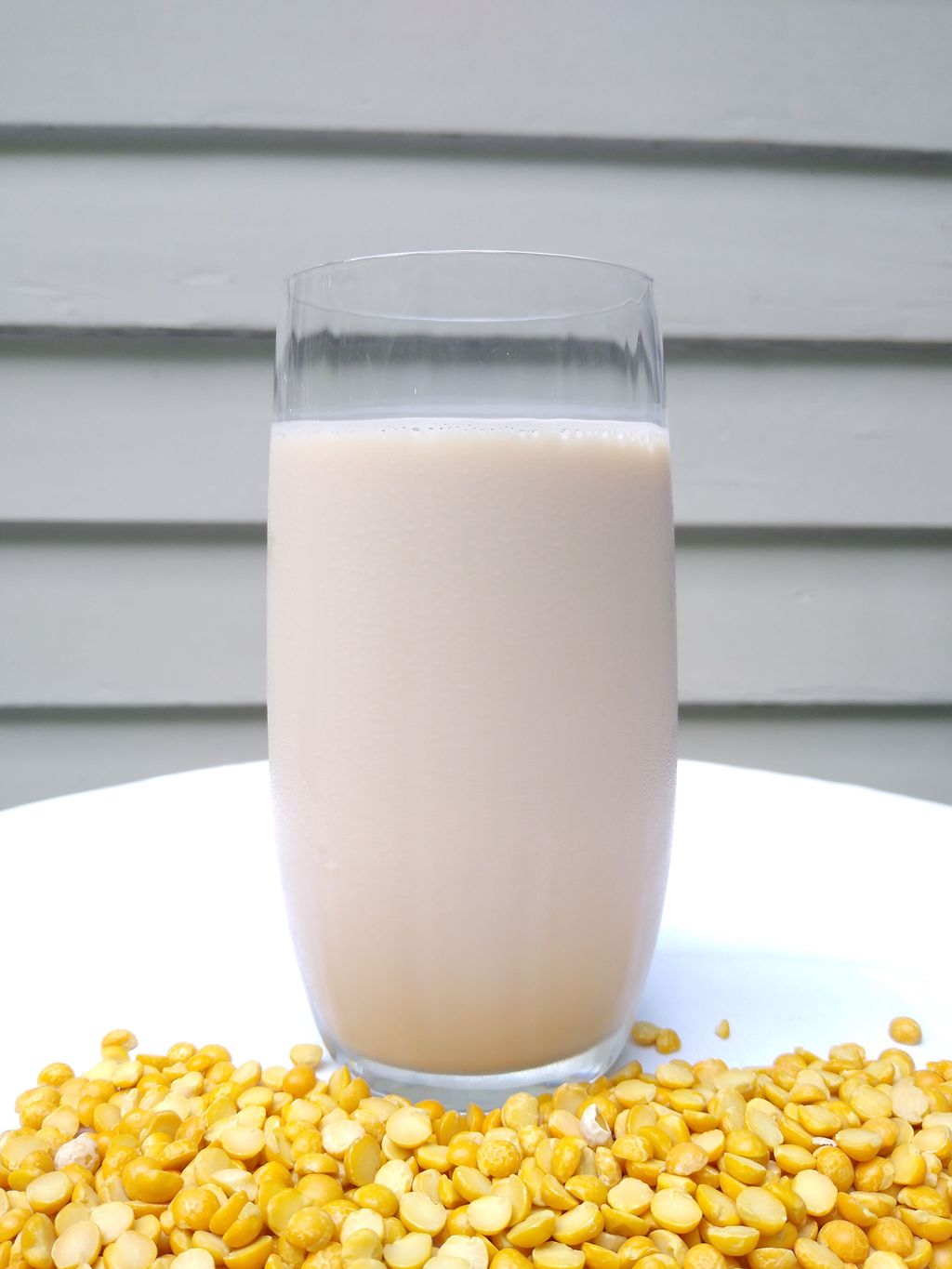
The plant-based milk landscape in 2025 is a vibrant, dynamic mix of trusted classics and exciting newcomers. We have our champions—oat, soy, almond, and coconut—each excelling in different areas and consistently winning over loyal fans. And we have an ever-growing roster of innovative rookies like pea, cashew, and hazelnut milks, continuously expanding the playbook of what’s possible. Through it all, one theme remains crystal clear: taste and health are the primary drivers of consumer satisfaction. People consistently prioritize flavor, texture, and perceived health benefits as the top reasons they choose plant-based milks over traditional dairy.
Notably, younger generations are leading this charge, with individuals under 45 consuming plant milks almost twice as much as those over 45. Experts predict this sector will more than double by the early 2030s if current growth rates persist, underscoring its significant and sustained impact on our culinary landscape. So, which plant-based milk is truly the ‘best’? The truth is, the crown is a bit subjective, ultimately depending on what you value most in your daily pour.
If you crave a creamy latte with a mild, comforting taste, oat milk might be your undisputed hero. If high protein content and time-tested reliability are your priorities, soy milk could very well be your go-to. If you’re mindful of calories and prefer a light, unobtrusive option that seamlessly blends into your cereal, almond milk has you covered. And for those seeking a distinct hint of sweetness and a tropical sunshine vibe in their cup, coconut milk undoubtedly brings that unique essence. The good news is that in 2025, the sheer abundance of choice means you no longer have to settle. You are empowered to pick the milk that genuinely makes you happiest, and even switch it up for different occasions, allowing your choices to align perfectly with your personal values, health goals, and, most importantly, your discerning taste buds. Officially, oat milk may wear the satisfaction crown this year, but in the end, we all win when our mugs are filled with something that truly delights us.


